A researcher is strongly objecting to a publisher’s decision to retract three of her papers from two computing journals without informing her first.
The reason: Self-plagiarism, which the author said stemmed from her PhD student using similar descriptions for the background sections of the papers. She argued that if the reviewers had flagged the duplication, she would have been happy to revise the papers before publication. A representative of the publisher, Springer, told us the overlap was extensive enough for the journal to determine the papers should be retracted.
We spoke with Sameem Abdul Kareem from the Department Of Artificial Intelligence at the University of Malaya in Malaysia, last author on all three papers, which she co-authored with her former PhD student Haitham Badi (also referred to as Haitham Hasan in several papers). She explained how the duplication occurred:
Continue reading Author surprised when publisher pulls three of her papers

 Several years ago, a group of four chemists believed they had stumbled upon evidence that contradicted a fairly well-established model in fluid dynamics.
Several years ago, a group of four chemists believed they had stumbled upon evidence that contradicted a fairly well-established model in fluid dynamics.
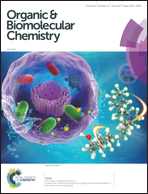
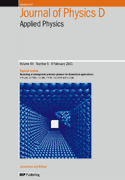
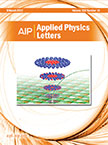
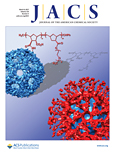
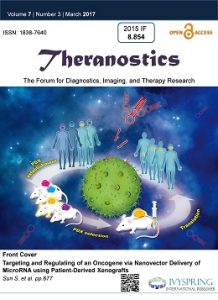
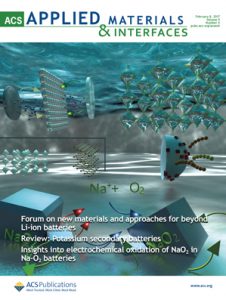 Researchers have retracted two 2016 papers from the same journal which were published without the permission of the supervising scientists.
Researchers have retracted two 2016 papers from the same journal which were published without the permission of the supervising scientists.